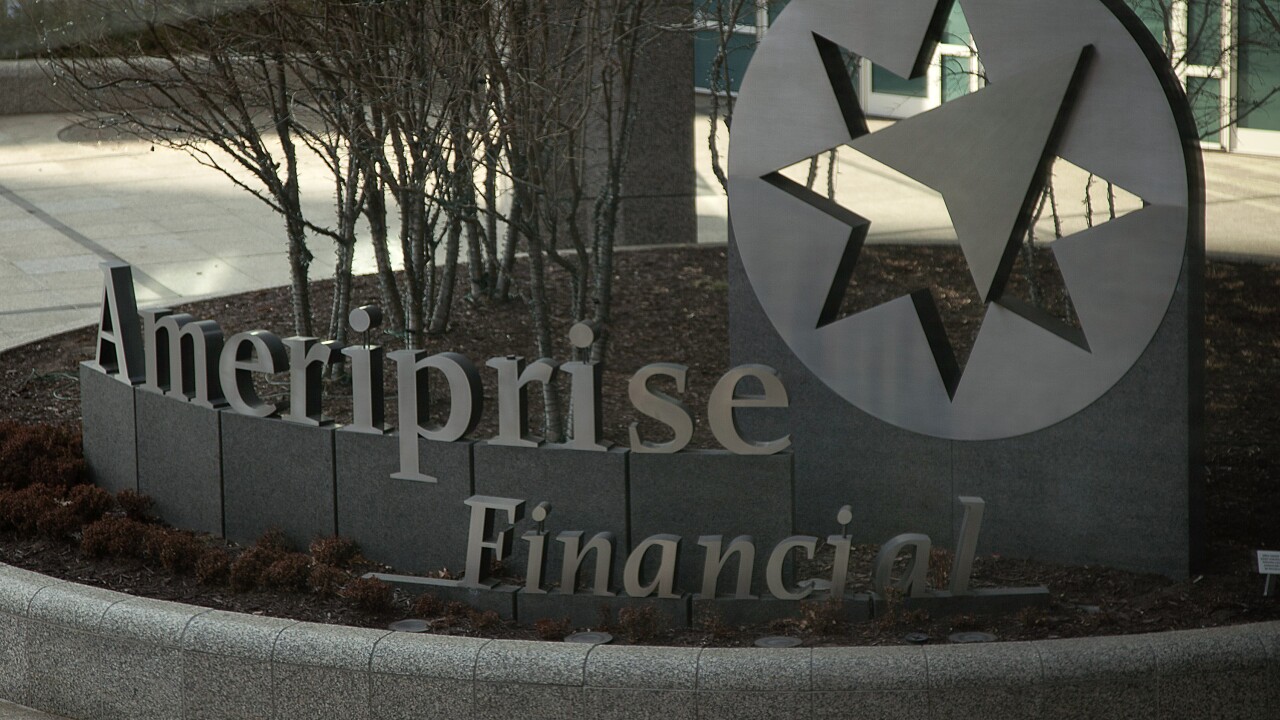Now that interest rates are rising again, the traditional mindset of “cash in the bank earns nothing” may no longer ring true.
While the national average yield on a savings account is still a paltry .09%, according to Bankrate, many online banks like Marcus by Goldman Sachs, Ally, Barclays and Amex Personal Savings now offer savings accounts yielding 1% or higher and, in some cases, above 1.4%. These online banks are FDIC-insured and represent an opportunity to earn significantly more on cash.
Sure, these returns are still meager compared to returns in the stock market, but unlike investing in equities, holding some funds in cash comes without any additional risk. Thanks to FDIC insurance, savers can park up to $250,000 in deposits at any given bank and rest assured that their funds are safe.

Yields on online bank savings accounts have been rising since the Fed began raising rates from near-zero in 2015. FDIC-insured savings accounts are a commodity, so there’s no reason not to seek the highest yields under this government guarantee.
Why aren’t more advisors recognizing this opportunity? During a prolonged period of ultra-low interest rates, cash remained a largely forgotten asset class as investors searched for yield elsewhere. But now, as the Fed embarks on a series of interest rate hikes and online banks raise their rates to match, that story has changed. Yet, most cash remains trapped in traditional brick-and-mortar bank accounts, where it’s both under-earning and under-insured. How can advisors help their clients manage cash more effectively?
First, it’s important to understand that many clients are holding much more cash than their advisors realize, as investors often don’t discuss their cash holdings with their financial planners — possibly because they don’t consider it to be part of their investment portfolio. The average high-net-worth household holds more than 20% of its assets in cash, according to the
Remember, it’s common for investors to maintain relationships with several financial advisors with a goal of keeping money siloed. Unfortunately, the less desirable outcome of this strategy is that, quite often, their cash is kept in inefficient places, such as low-yielding brokerage accounts or bank accounts where cash earns almost no interest.
Advisors frequently observe this pattern and find that, once they present a solution for held-away cash, clients reveal they have much larger cash holdings than they previously disclosed. This can serve as a catalyst for a broader discussion about risk tolerance and asset allocation and enable the advisor to provide the client with more holistic financial advice.
Independent financial advisors help clients by seeing the whole picture — including their overall asset allocation and goals — and can help clients earn more on cash, too. The bilateral benefits are clear: clients benefit from earning higher yields, while advisors’ visibility into previously unknown cash can lead to organic growth in AUM as a portion of this cash is reallocated to higher-beta asset classes.
With the recent uptick in yields, it’s worth it for advisors to help their clients proactively manage their cash to maximize yield. Whether the cash is parked for the short- or medium-term — destined to go into a house, college tuition or philanthropic donation — or is sitting on the sidelines waiting for buying opportunities in the stock market, the additional interest earned by focusing on cash can be significant, particularly when compounded over time.





